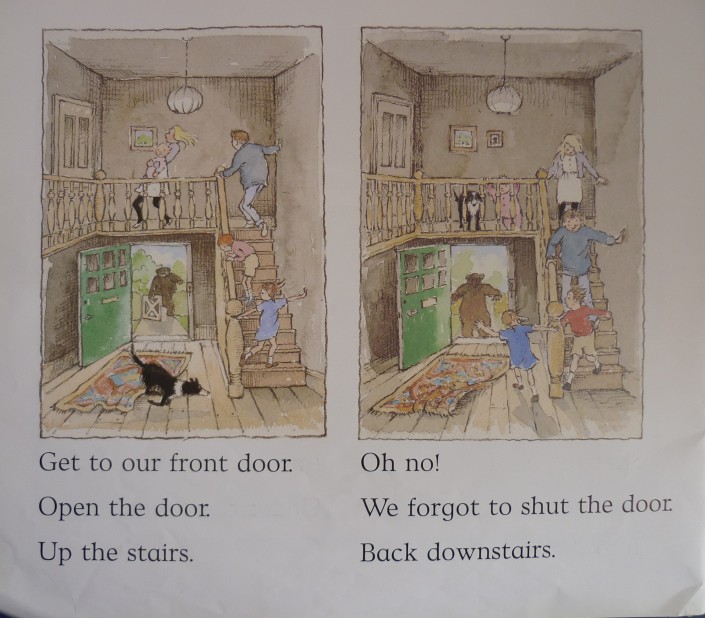Mini artist research
The artists Eric Ravilious and Micael Rosen where mentioned to me and so I thought I would explore their work a little more. I had already heard of Michael Rosen as he is a successful children’s picture book author and illustrator but haven’t heard of Eric Ravilious before.
Eric Ravilious was a book illustrator, wood engraver, English painter and designer. He captured the Englishness in his paintings in-between the wars and also worked with Wedgewood for a short period. For more information on him visit:
http://www.ericravilious.co.uk/p/biography.html
I was directed to him as my work is trying to get the same softness as he has achieved in his work:

It was said that he used to paint layers upon layers of thin watercolour until the colour was deeper enough. When he used to run out of time to finish the painting, instead of rushing it was claimed he would spend evening making notes about the colour of nature and then return in the day to finish his work. This is very meticulous way of painting compared today where one can take a photo and finish it off wherever they are.

He achieved the texture in the fields by stippling or in other works like the Beachy Head, the sky has faint white strokes which is achieved by delicate scoring of a corner of a razor blade. This is detailed and elaborate illustrations that have had a lot of care and time put towards them. I would love to get to this standard but again I would need more time. However, what I can take from this is, is if I take care in building my layers up when painting then I might be able to achieve some softness in the drawings. Also I am using a different medium to Ravilious but I am starting to use the pastel pencil like a watercolour by using my paint brush on the pencil first instead of putting pencil to paper. To gain some added texture and detail I then use the pencil on paper to achieve a rough texture.
Micael Rosen
I am looking specifically at his book We’re Going on a Bear Hunt.
The front cover does not give a lot away, all you know is that these are the main characters which are a family and that they are going on an adventure but you don’t know where, or what they are going to encounter.
It is interesting that the pages that have repeating text are in grayscale. This allows the next page to have a dramatic effect when your eyes are flooded with colour and large text describing sounds. Originally I was going to place the Jay’s, Stoat and insects memory in grayscale to show it was a past memory but as the storyline developed I took out a lot of those scenes so it wouldn’t have worked as well as this book. The only word that is repeated throughout is grumble but this works best in bold bright colours. If I were to create another book with sounds I would consider the way Rosen has manipulated the colours to create a bigger impact with every turn of the page.
Dramatic woods and interestingly he has made the backdrop darker and the foreground lighter, many illustrations of the woods do the reverse. The text is very prominent in a large box with the illustration as the backdrop.
I love this scene! It’s very clever because when telling a story I always assume you have to go forward with the scenes but here he has gone backwards as they have mistakenly left the door wide open. Creating tension as the bear is approaching quickly. A clever concept and it is exactly the same scene but just the characters are changing. You can imagine the gut dropping feeling when they realise and they try and get tot he door as fast as possible to close it. Also I noticed the borders are wobbly similar to my illustrations and it does create more movement in the scenes although they have used a light brown to highlight the box whereas I have left it.
It is interesting looking at two completely different styles of illustrations but for my work they interlink nicely. Ravilious’s work shows the depth, softness and texture you can create with building up watercolours. Whereas Rosen shows the movement and flow you can gain from using various techniques to illustrate a story. Both illustrators use a sense of traditional medium allowing the subtle mark making to create the depth and not overcomplicating the scene, which hopefully I will achieve in my own work.
Bibliography
Oxenbury, H., & Rosen, M., 1996, We’re Going on a Bear Hunt. London: Walker Books Ltd.
Ravilious, E., 2011, Research Point: Eric Ravilious (1903-1942). [internet] Available from: https://carpetmoss.wordpress.com/2011/03/02/research-point-eric-ravilious-1903-1942/. [Accessed 18 April 2015, 11.33am].



